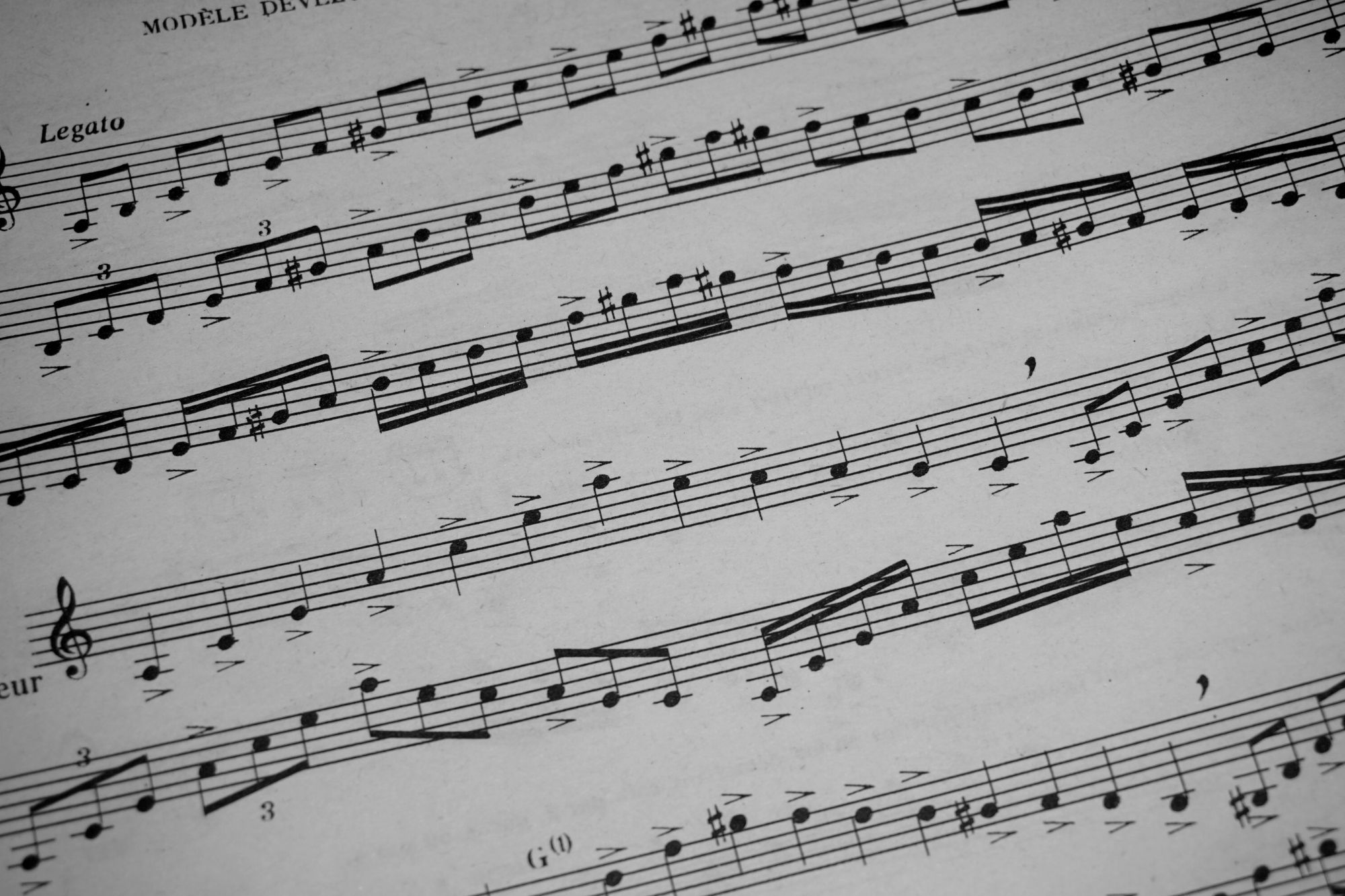What are rhythm counting systems? How do we use them? Why might we choose one over another? In this episode of Notes From The Staff, we break down the plethora of approaches into groups, and share examples from our own teaching experience. Read on for a quick overview of each group, and listen to the full episode for a deeper discussion.
Analytical/Metric Subdivisional Counting Systems
Analytical counting systems – 1-e-&-a, 1-ti-te-ta, du-ta-de-ta, ta-ka-di-mi – break down the rhythm and analyze the relative durations, often helping us get quickly between sound and notation. These types of counting systems give students, even young students, an opportunity to build a rhythmic vocabulary and to have a deeper understanding of rhythm listening, reading and writing.
Eastman/1-ti-te-ta Counting System:


Traditional American/1-e-&-a Counting System:


Gordon Rhythm Solfege:


Takadimi Counting System:


Mnemonic Rhythm Systems
Mnemonic rhythm systems assign words or syllables to rhythm patterns. In the Orff approach, for example, students and teachers draw inspiration from their surroundings to assign words to rhythm patterns, focusing on creative and musical play. Similarly, the Dalcroze method connects rhythm patterns with motions, drawn from the students as they learn to feel the different patterns.
Mnemonic rhythm systems provide exposure to a variety of rhythm patterns and meters, even before students can read and write notation. These systems allow easy facilitation of imitation and repetition, and lend themselves to creative work in improvisation and composition.
Duration Systems
Duration systems label notes by how long they are. The Kodály method, for example, assigns the specific syllables "ta," "ti-ti" and "ti-ri-ti-ri" (or "ti-ki-ti-ki") to quarter note, pairs of eighth notes, and groups of sixteenth notes.
Speaking, hearing and reading music as a language, fluently, are the shared goals of counting systems. Check out the Rhythm Counting Systems episode of Notes From The Staff to hear more explanation of each counting system, and tips on using each from our own experience teaching rhythm from preschool to college.
Notes From The Staff is a podcast from the creators of uTheory. Join us for conversations about pedagogy, music theory, ear training, and music technology with members of the uTheory staff and thought leaders from the world of music education. Subscribe to Notes From The Staff on iTunes or wherever you get your podcasts.

